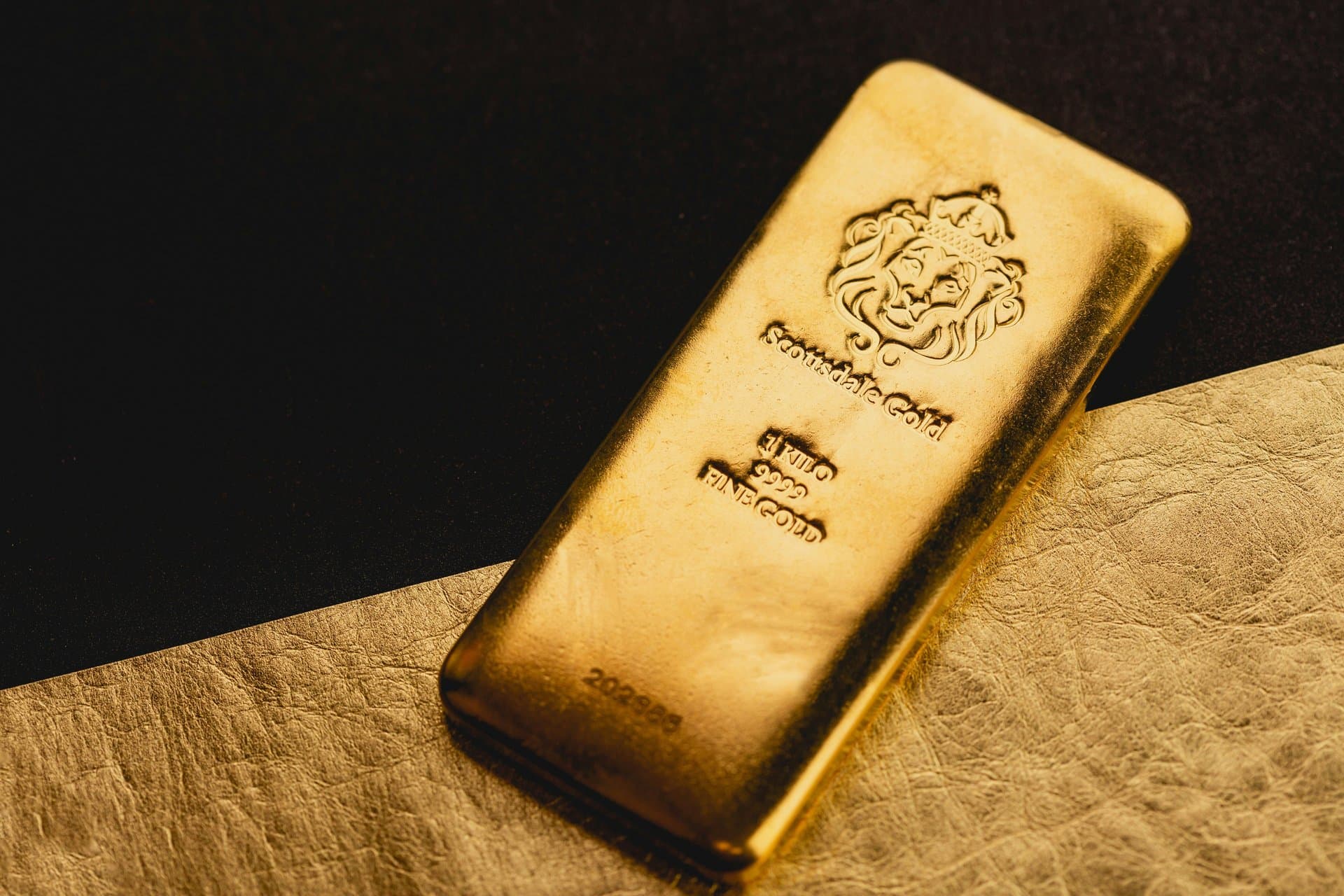Gold Tariffs and Market Ripples: Barrick CEO’s Insights on U.S. Policy
Exploring how U.S. gold bar tariffs stir bullion markets, impact miners, and shape investor sentiment, with Barrick CEO Mark Bristow and the World Gold Council awaiting clear guidance.

Key Takeaways
- Gold miners are price takers, limiting tariff impact on their profits
- U.S. tariff uncertainty caused sharp price spreads between New York and London
- World Gold Council awaits clear U.S. guidance to stabilize gold trade
- Swiss refining hubs play a pivotal role in global gold flows
- Investor sentiment remains bullish despite tariff-driven volatility

Gold’s glitter isn’t just about wealth—it’s a global dance of markets, policies, and politics. Recently, the U.S. government’s mixed signals on tariffs for standard gold bars—especially those refined in Switzerland—sent shockwaves through bullion markets. The World Gold Council, with Barrick Mining’s CEO Mark Bristow at the helm of commentary, is holding its breath for clear U.S. guidance. While miners like Barrick brace for minimal impact thanks to their role as price takers, traders and refiners navigate a maze of shifting premiums and rerouted flows. This article unpacks the tariff saga, its ripple effects on gold prices, and what it means for investors and industry players alike.
Navigating Tariff Uncertainty
Imagine waking up to find your favorite gold bars suddenly tagged with a new tax—welcome to the recent U.S. tariff confusion. The initial ruling targeted standard bullion bars, specifically 100-ounce and 1-kilogram formats, many refined in Switzerland, a global gold refining powerhouse. This unexpected move jolted markets, pushing New York futures to a premium over London’s spot price by more than $100 per ounce at one point. Traders scrambled, premiums fluctuated wildly, and the gold market’s usual rhythm hit a sharp discord.
Yet, the U.S. administration quickly backtracked, promising clarifications to address misinformation. This eased the futures-spot gap to below $60 per ounce, calming nerves but leaving uncertainty hanging. The World Gold Council, led by voices like Barrick CEO Mark Bristow, is now waiting for formal guidance to restore order. This episode highlights how a single policy ripple can cascade through global markets, unsettling flows and pricing references. For investors and industry players, the message is clear: clarity isn’t just nice—it’s essential.
Understanding Miners’ Price Taker Role
When tariffs threaten gold bars, you might picture miners scrambling to adjust prices. But Barrick’s Mark Bristow offers a reality check: miners are price takers, not price makers. This means they accept the global market price for gold rather than setting it. So, even if tariffs tweak premiums or reroute bullion flows, miners’ realized prices remain largely unaffected.
This distinction is crucial. While refiners and traders might juggle logistics and premiums, mining companies like Barrick focus on production and cost control. For example, despite losing control of its Loulo-Gounkoto mine in Mali and recording a pretax loss of $1.03 billion, Barrick still beat profit expectations thanks to surging gold prices. The tariff chatter, therefore, is more noise for miners than a direct financial blow. It’s a reminder that in gold’s complex ecosystem, not all players feel the same tremors.
Swiss Refining’s Crucial Role
Switzerland isn’t just about chocolate and watches—it’s a gold refining titan. Swiss refineries process and export tens of billions of dollars’ worth of bullion annually, making them a critical node in the gold supply chain. The U.S. tariff ruling initially targeted bars refined in Switzerland, sparking a scramble among traders to front-run potential duties.
This spike in gold exports earlier in the year, noted by HSBC, shows how policy signals alone can reroute bullion logistics. If tariffs stick, importers might avoid Swiss bars, increasing costs and complicating settlement in U.S. markets. Such shifts could intermittently widen U.S. premiums over London or Asian hubs, squeezing physical availability. The Swiss connection underscores how a single country’s refining policies can ripple globally, affecting premiums, trade flows, and even investor sentiment.
Investor Sentiment Amid Volatility
Gold investors aren’t just watching—they’re betting bullish despite tariff-induced turbulence. Axios reports that disrupted flows and heightened volatility can actually support prices. Why? Because uncertainty often drives safe-haven demand, and gold’s allure as a refuge shines brightest in stormy markets.
Add to this the anticipation of prospective rate cuts and persistent central bank buying, and you have a recipe for sustained investor confidence. Even as futures surged to records then dipped amid policy confusion, positioning remains broadly positive. It’s a classic case of market psychology: volatility stokes fear but also fuels opportunity. For gold investors, the tariff saga is less a roadblock and more a twist in the ongoing journey toward value preservation.
Awaiting Clear U.S. Guidance
At the heart of this gold tariff drama lies a simple truth: clarity matters. The World Gold Council, with Barrick CEO Mark Bristow’s endorsement, is closely monitoring the situation, urging the U.S. government to provide definitive guidance. The timing, scope, and enforcement details will shape how long price spreads and volatility persist.
Will certain bar sizes or refining jurisdictions be exempted? How will customs treat shipments already in transit? These questions aren’t just bureaucratic—they influence trade flows, premiums, and hedging strategies. Until answers arrive, markets remain orderly but on edge. For miners, the direct economic impact is minimal; for refiners and traders, the stakes are higher. This waiting game underscores how policy precision can stabilize or unsettle entire market ecosystems.
Long Story Short
The gold tariff saga is a vivid reminder that markets thrive on clarity. As the World Gold Council awaits definitive U.S. policy, the bullion world balances on a knife-edge of price spreads and logistical puzzles. Yet, miners like Barrick stand firm, shielded by their price taker status, while refiners and traders adjust routes and premiums. For investors, the turbulence hasn’t dimmed gold’s allure; bullish sentiment rides on hopes of rate cuts and steady central bank buying. The lesson? In gold’s glittering realm, policy whispers can roar, but fundamentals and savvy market watchers keep the shine alive. Staying informed and agile remains the best strategy amid evolving tariff landscapes.